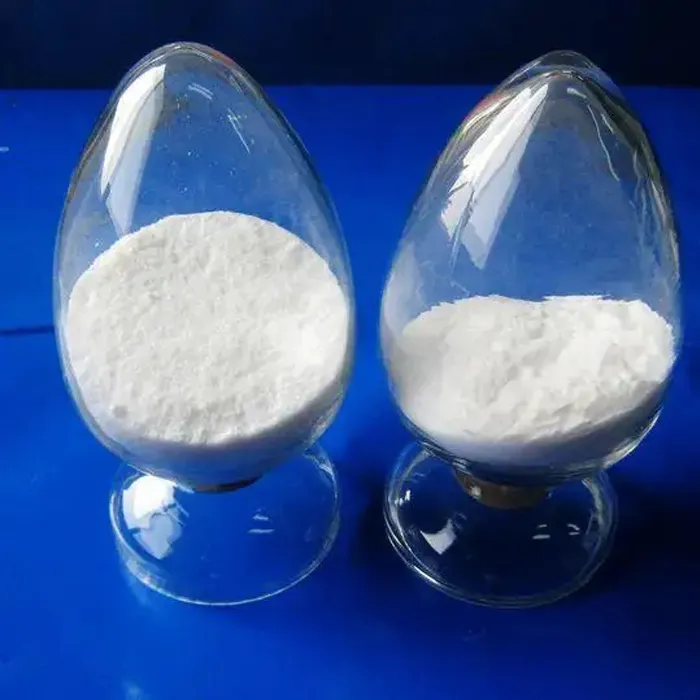The Role of Chemicals in Water Purification
Water is a fundamental resource for sustaining life on Earth, yet its availability and quality can be severely compromised by pollution, industrial discharge, and natural contaminants. Water purification is essential for ensuring that the water we consume is safe and clean. Various chemicals play a vital role in this process, aiding in the removal of impurities and pathogens. This article will explore some of the key chemicals used in water purification methods and their significance.
One of the most widely used chemicals in water treatment is chlorine. Chlorination is a conventional method employed to disinfect drinking water. Chlorine is effective in killing bacteria, viruses, and other microorganisms that can be harmful to human health. When chlorine is added to water, it reacts with organic matter, producing a variety of chlorinated compounds, some of which can be harmful if consumed in large quantities. Therefore, water treatment facilities must carefully regulate chlorine levels to ensure that they are effective at disinfection while remaining safe for human consumption.
Another important chemical in water purification is alum, or aluminum sulfate. Alum is commonly used as a coagulating agent in the treatment process. Coagulation involves the aggregation of smaller particles and impurities into larger ones that can be physically removed from the water. When alum is added to water, it reacts with natural organic material and forms flocs—clumps of particles that can be filtered out. This step is critical in removing turbidity and improving water clarity, which is essential for effective disinfection.
Chlorine dioxide is another powerful disinfectant used in water treatment. It is particularly effective against a broader spectrum of pathogens compared to chlorine and does not produce some of the potentially harmful byproducts associated with chlorination. Chlorine dioxide is often used in larger municipal systems and in situations where water quality is particularly compromised, providing a more robust solution for disinfection.
what chemical is used in water purification

In addition to these agents, activated carbon is an important chemical used in water purification. While not a chemical in the traditional sense, activated carbon is a highly porous material that adsorbs organic compounds, chemicals, and other impurities from water. This process is crucial for removing chlorine residues, taste and odor compounds, and various pollutants. Activated carbon filters are common in both municipal water systems and home water filtration systems, improving the overall quality and safety of drinking water.
Another emerging chemical treatment is the use of ozone. Ozone (O₃) is a powerful oxidizing agent that can effectively kill bacteria and viruses. It's often used in bottled water facilities and swimming pools due to its high disinfection ability. Ozone treatment does not leave harmful residues or taste, making it an attractive alternative to traditional chlorine-based methods.
Finally, advanced treatments like reverse osmosis (RO) systems incorporate chemical compounds such as sodium hydroxide and hydrochloric acid to adjust the pH during the filtration process. This ensures the optimal functioning of membranes that separate contaminants from pure water.
In conclusion, the purification of water is a complex process that relies on various chemicals to ensure its safety and reliability for human consumption. Chlorine, alum, chlorine dioxide, activated carbon, ozone, and other compounds all play crucial roles in making water clean and safe. As water quality continues to be a pressing global issue, understanding and improving these chemical processes is more important than ever for public health and environmental protection.

